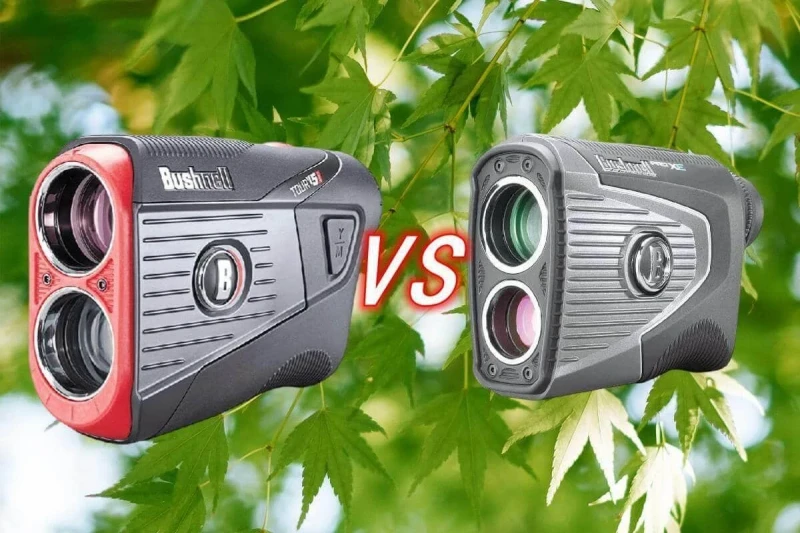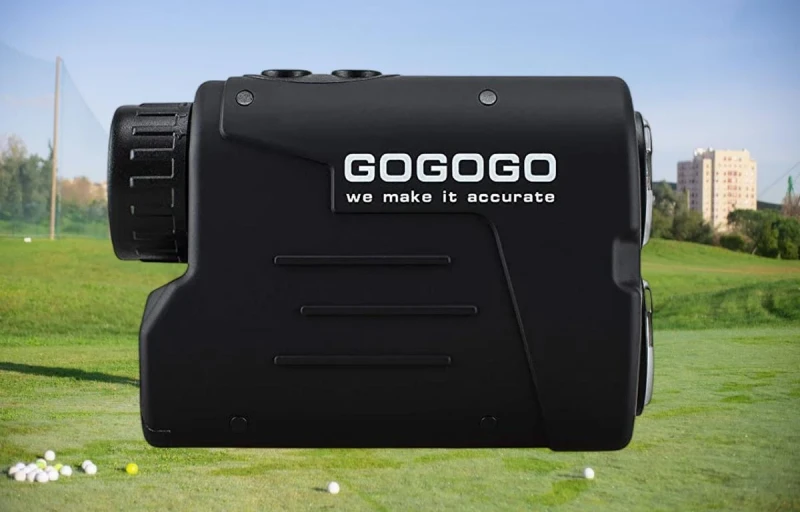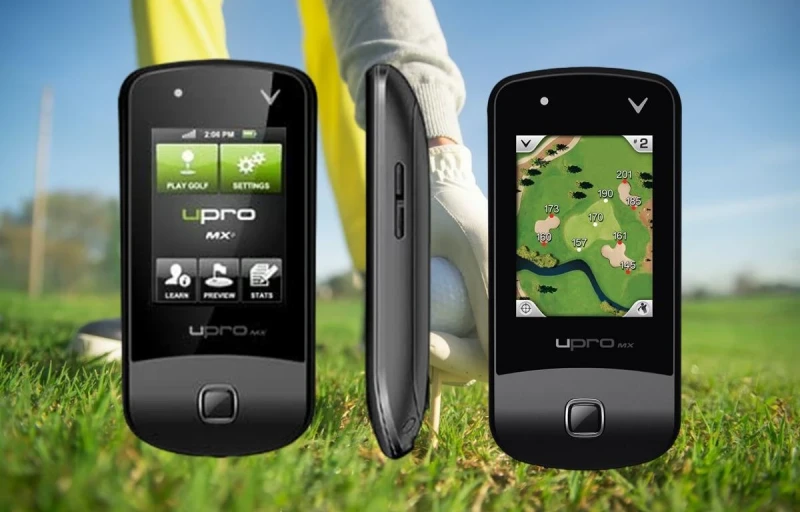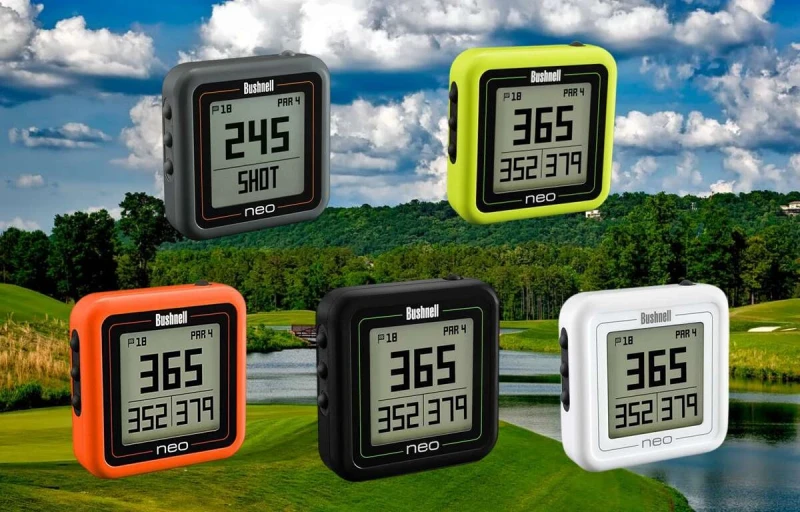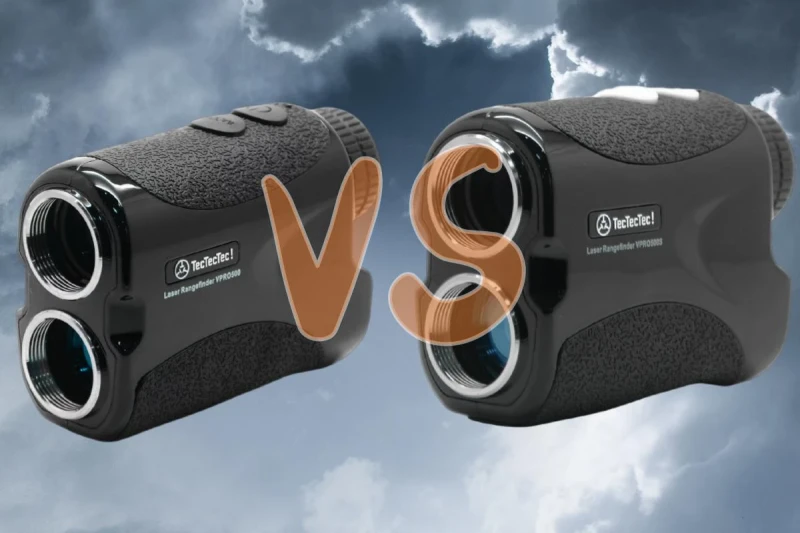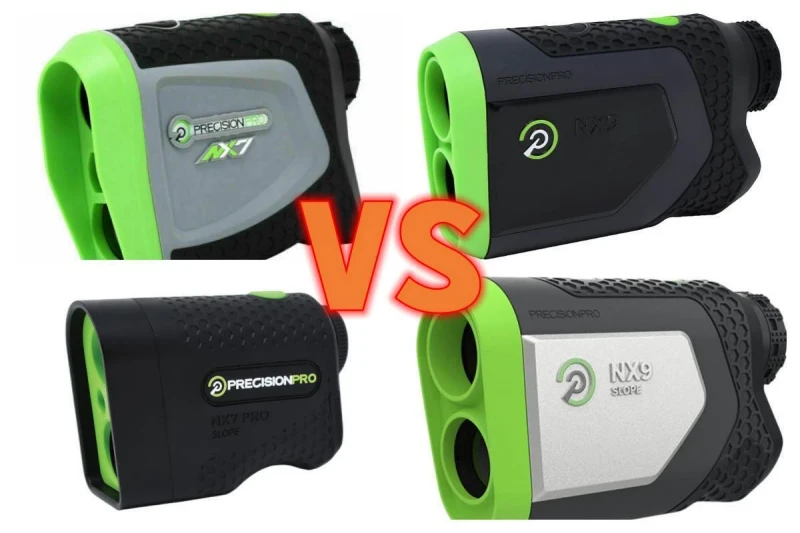Are you wondering whether to buy a GPS or a rangefinder to improve your game? Well, then you’ve landed in the right place. Both the GPS and a rangefinder can help you take your game to the next level.
These are DMDs – distance measurement devices approved by the USGA. However, you can’t use both on the field at the same time. At least one of these is a must for anyone wanting to hit the perfect shot out there on the course.
We understand that as a newbie, it might be confusing to figure out which one you want. But don’t worry. In this article, we’ll discuss the pros and cons of both devices so you can make your decision.
What Does A Rangefinder Do?
The golf range finder employs laser beam technology. It shoots off a laser beam at the target in the form of pulses. This beam bounces back to the device, and the distance is then calculated. Thus, the biggest advantage of rangefinders is their accuracy of measurement.
Rangefinder Pros
Most rangefinders are able to measure yardages that are accurate to one-half or even one-tenth of a yard. Moreover, rangefinders can be used anywhere whether the internet connection is available or not.
This means you could be out in a field trying to hit a tree, and the rangefinder will give you the accurate distance to that tree. Thus, it makes an excellent device for accurate pin seeking.
The laser beam rangefinder is excellent for amateur players on the course because of its ability to adjust for slope. Most rangefinders will identify targets as being above or below you and use an algorithm to give you an estimated distance that you should hit to get to that target.
For example, a flag might be 200 yards away, but if it’s also 25 feet higher in elevation, then you should be using a club that goes more than 200 yards. As a result, new players can perfect the art of club selection. Rangefinders also help calculate wind turbulence, further allowing the newbies to hone their skills.
Rangefinder Cons
First of all, you have to pick it up and Aim it at your target to get the calculations. Many players have complained that the shakiness of their hands messes up the measurements. Thus, it is a time taking process to get the results just right.
Also, your target must be visible so that the laser beam can reach it. Alas, if there are fairway bunkers not visible off the tee, you’ll end up having to estimate the distance yourself. And thus, unquestionably, a rangefinder is basically useless for blind shots.
Lastly, the option to calculate slope and wind turbulence factors is not legal to use in official competitions. see more in wiki https://en.wikipedia.org/wiki/Rangefinder.
What Does A GPS Do?
Golf GPS is short for Global Positioning System. A GPS device uses overhead satellites to show a complete map of your golf course.
GPS Pros
What gives a GPS device an edge over rangefinders is its ability to provide a vast array of information, including front, middle, and back of the green distances, along with carry distancesfor fairway hazards.
In addition to dedicated GPS devices, you can download the GPS app on your smartphone, smartwatch, tablet, or even your hat pin. This allows you to hit a perfect swing just by glancing at your screen.
Contrary to the rangefinder, you don’t have to go through the nuisance of aiming at your target to get the yardage. Just one tap on your gadget will do the work.
GPS Cons
A GPS is only useful if the course you’re playing has been mapped and uploaded to the system software. This means that if your course isn’t mapped, the GPS is mostly useless.
Although improving with newer models, it has been reported that the measurements calculated with the GPS are not very accurate.
Additionally, since the GPS functions only in the presence of the internet, a lack of a connection will render the device pointless. Consequently, if your golf club does not support on-ground wifi or you’re out practicing in a field somewhere, better go with a rangefinder than a GPS. see more in wiki https://en.wikipedia.org/wiki/GPS_watch.
Useful Comparison
According to a recent study, about 94% of players accepted the importance of DMDs and the fact that they speed up the pace of play. Since both devices are almost equally heavy on the wallet, it just boils down to personal preference.
If you want faster results and you have an on-ground internet connection available, then a golf GPS is for you. However, if you’re a newbie looking to polish your skills using slope and wind speed measurements, then you should go for a laser rangefinder.
Although there’s no restriction on using just one device. You may use the GPS for planning and working out carry distances over certain hazards and use the laser rangefinder for precise distances, such as getting the pin distance on shorter shots.
Can You Use Both Products In The Tournament?
The answer is yes. You may use one or both of the DMDs discussed here. Their use isn’t illegal. However, slope calculations, club recommendations, and gauged measurable environmental conditions are illegal to make use of in tournaments. This renders a rangefinder less useful in a competition.
The Hybrid GPS Rangefinder
This is a relatively new product in the market. It employs both laser beam technology as well as geolocation. The hybrid device can be used in tournaments as well because its rangefinder comes without the option of calculating slope.
Conclusion
All in all, each of these devices has its own pro and cons list. With GPS, the course isn’t mapped, and you need an internet connection. A rangefinder doesn’t depend on an internet connection.
Moreover, with GPS, you don’t have to find the yardage manually, but the case is different for rangefinders. A GPS also offers greater accuracy. We hope you got your answer after reading this article. If you’ve got any more queries, feel free to reach out.


